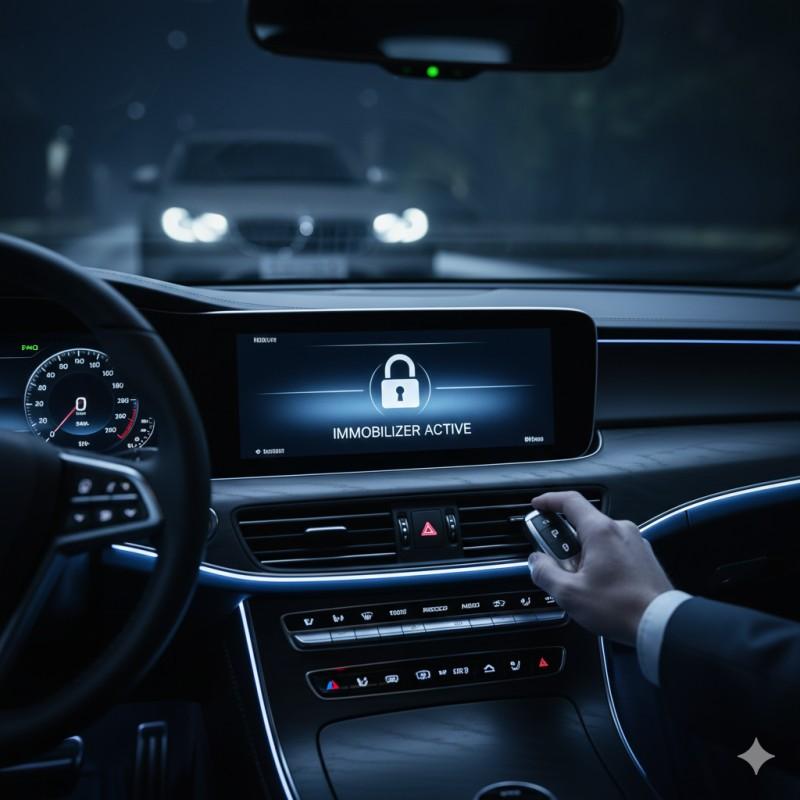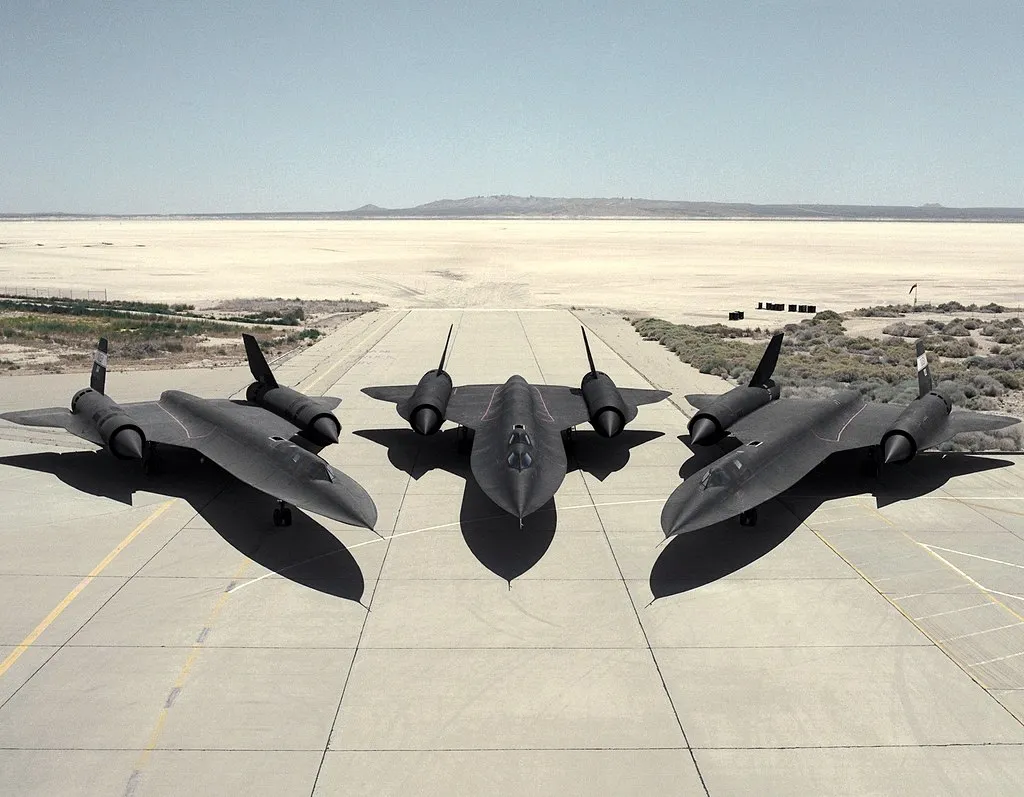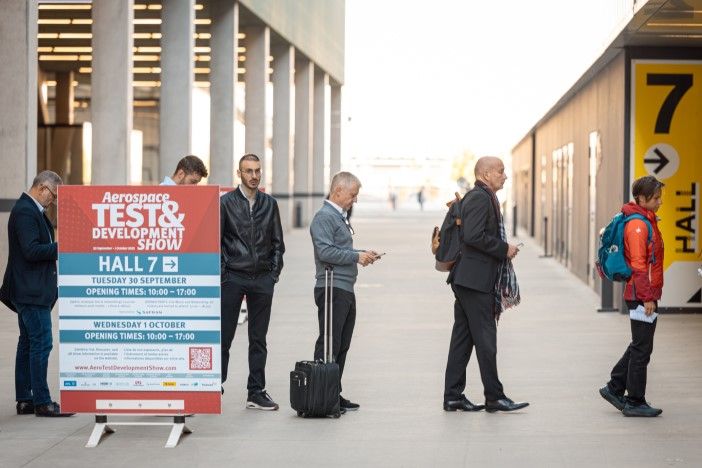No one at the wheel: The race for the autonomous car intensifies | Economy and Business
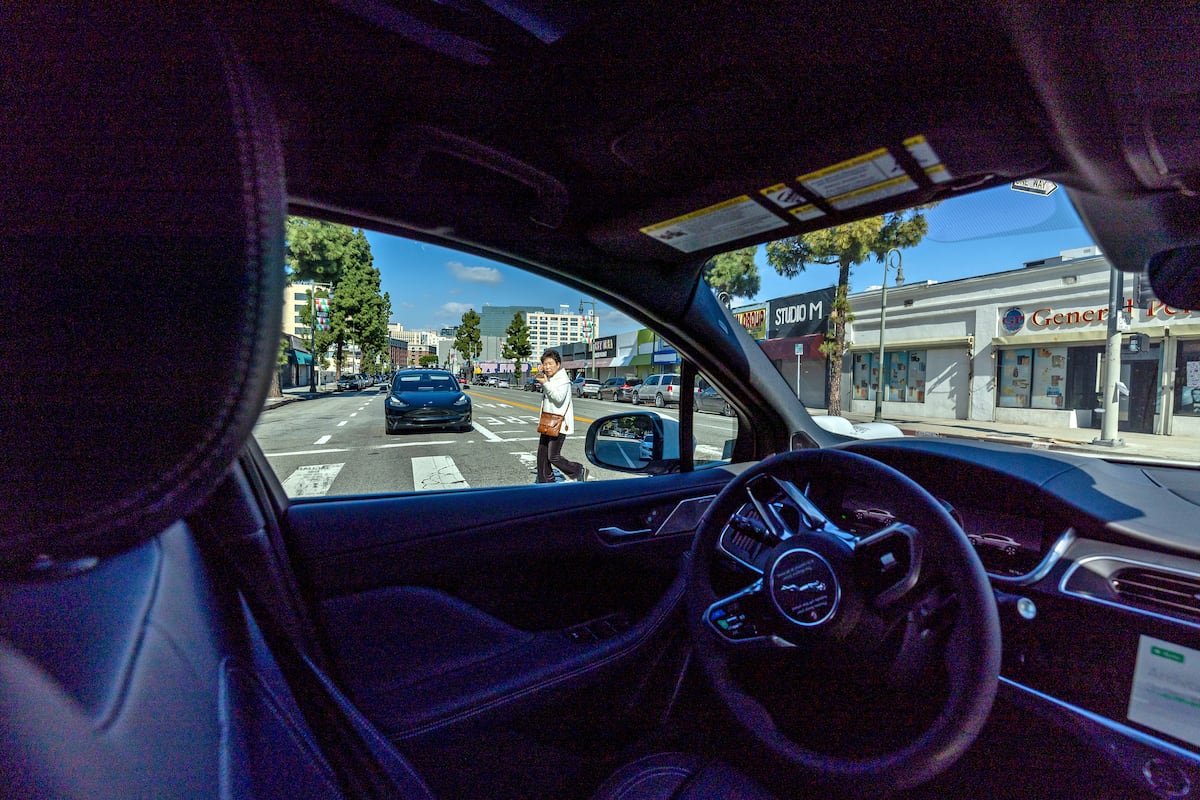
In San Francisco, Los Angeles, Phoenix, Austin, and Atlanta, it’s no longer surprising to see a car and think, “No one’s driving that.” Waymo, the autonomous driving subsidiary of Alphabet, Google’s parent company, operates a robotaxi service — self-driving cars that commercially accept passengers — in all of these cities. The service will soon be rolled out in two more; Washington and Miami. None of the vehicles have a safety driver.
Tesla has also launched its own self-driving car service, albeit on a limited trial basis. Last summer, its vehicles hit the streets of Austin and San Francisco. Uber, which sold its self-driving car technology in 2020, has now partnered with the Chinese startup Pony.ai to deploy robotaxis. This marks a merger between companies from rival countries on paper — the United States and China — which has stepped up its game in this field.
In the United States, the battle is now focused on the two leading autonomous car companies. “I would say that Waymo is currently in the lead, but Tesla is clearly close behind,” says Luis Miguel Bergasa, professor in the Department of Electronics at the University of Alcalá and a researcher in autonomous driving projects. “Tesla is challenging Waymo with a different approach, which would be cheaper if it can reach the same level. Although it hasn’t achieved that goal yet, because it requires a large amount of data.”
The Alphabet subsidiary claims that its self-driving cars have already traveled more than 32 million kilometers (almost 20 million miles). “Waymo relies on a fusion of sensors such as LiDAR, radar, and cameras. They are more expensive sensors, but they achieve greater precision. They also use fairly comprehensive high-precision maps. From a technological perspective, Waymo has better results,” Bergasa points out.
Tesla’s technology relies primarily on cameras. Vehicles have multiple lenses to capture images that are processed in real time. These calculations are applied directly, in the form of decisions, to the car’s actuators: the accelerator, brake, and steering wheel. The advantage is that cameras are much cheaper than LiDAR or radar. But there’s a drawback. “You need a huge amount of data based solely on vision,” Bergasa points out, although he notes that Elon Musk’s company has redoubled its efforts to collect data on a massive scale.
The fleet of Teslas currently on the road sends driving data to the company, which also captures short videos when its vehicles’ Autopilot (FSD) system detects complex driving events. In March, the automaker boasted that its cars had traveled 3.6 billion kilometers (2.23 billion miles) with its FSD driver assistance platform.
But this technological tug-of-war is only one of the battlegrounds. The other major duel has geopolitical overtones and, to a certain extent, places the two aforementioned companies as allies. It is being fought between the United States and China. Ana Paul Tomillo, Director of Technological Innovation at the Galician Automotive Technology Center (CTAG), summarizes the situation: “In the United States, they have given autonomous driving a boost because they see that in China there is enormous support for deployment and data collection. China’s approach, which is already a leader in electrification, has a lot of government support and a very long-term vision.” In China, there are fewer obstacles to training and deploying these vehicles. The largest company is Baidu, the Chinese conglomerate originally formed around its search engine of the same name. Its robotaxis pick up passengers in Beijing, Guangzhou, Shanghai, and Wuhan. It has plans to launch them in other parts of Asia, in Dubai, and even in Turkey and Europe. But it also offers its autonomous driving platform to other manufacturers. Joining this company are startups such as Xpeng, Pony.ai (Uber’s ally), and WeRide, some of which have advanced pilots in several cities.
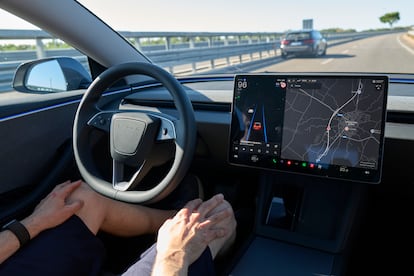
Tomillo affirms that the United States has taken steps to promote the advancement of its own industry. Among these measures is the relaxation of regulatory requirements. For Bergasa, one of the major differences between the two countries lies in their technological approach. “China has opted for autonomous vehicles to also communicate with road infrastructure, with sensors installed on the road itself or by enabling communication between vehicles. That’s the added value they provide to try to differentiate themselves from the Americans,” the researcher says. Regarding this particular competition, she adds: “For now, the United States is winning. But China has positioned itself very well, and I think its growth curve is greater. Perhaps it will soon take the lead, albeit with significant institutional support.”
Security as a European flag
Europe is lagging behind, both industry experts agree. In recent years, the European Union has imposed a demanding regulatory pace on automotive companies, both in terms of emissions and electrification, while autonomous driving has not been a priority.
Tomillo points out that European manufacturers are leaders in assisted driving, the first step. At the beginning of the year, a strategic dialogue began between the European Commission and the automotive sector in the member states, with the aim of strengthening this industry.
“One of the measures focuses on restoring the competitiveness of European industry through software, artificial intelligence, digitalization, connectivity, and automation,” she emphasizes. “A European alliance for autonomous and connected vehicles has been proposed. There’s talk of strategic projects at the European level, of creating major cross-border corridors for autonomous vehicles,” she adds, before concluding with a warning: “There needs to be a significant amount of support.”
There are already European companies that have prototypes, such as Mercedes, Audi, and BMW, but they are at an inferior level to Waymo and Tesla, according to Bergasa. Europe will have to find its identity in another way. “We won’t be able to compete with China’s speed or resources, and perhaps not with the technological approach of these large American companies either,” reflects Tomillo. “The priority has to be a more safety-based approach. And the challenge is to do it at a competitive cost.”
Ultimately, the essential issue with autonomous cars is safety. Even more so, it’s people’s trust in these vehicles that operate without a driver, even without a steering wheel. In this sense, the Waymo-Tesla battle is currently leaning in favor of the Alphabet subsidiary. Its multi-sensor model is, as of today, safer than the camera system. At the same time, for the United States and China, any attempts to export their technology will require the appropriate safety guarantees. It’s not all about speed.
Sign up for our weekly newsletter to get more English-language news coverage from EL PAÍS USA Edition
link



